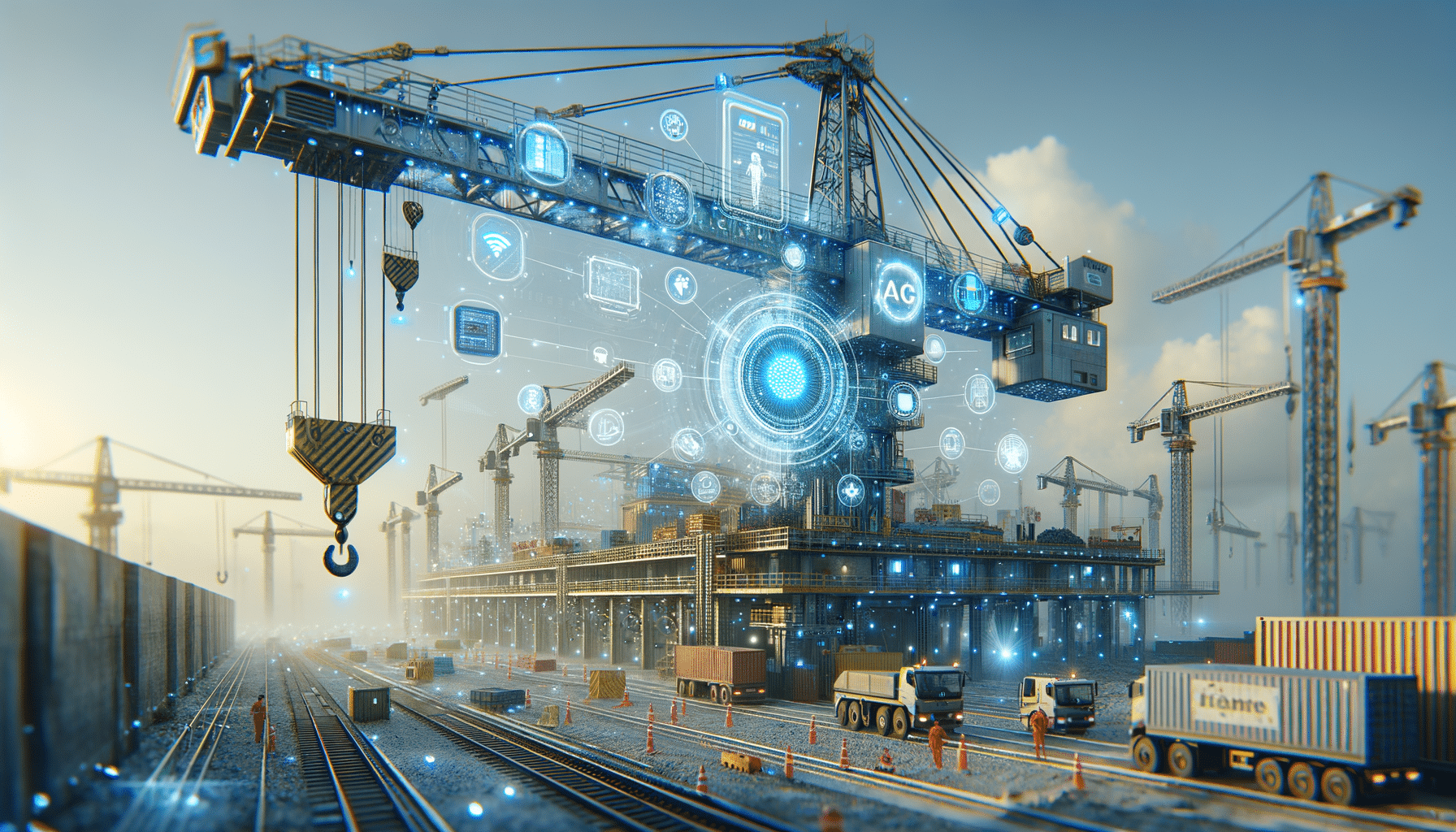
AI in Cranes: Enhancing Efficiency and Safety with Technology
Introduction to AI in Cranes
In the modern construction and industrial sectors, cranes play a pivotal role in lifting and transporting heavy loads. As the demand for efficiency and safety in these environments grows, the integration of artificial intelligence (AI) into crane operations has become increasingly significant. AI technology is revolutionizing cranes by improving their operational efficiency and safety. With AI-driven systems, cranes can optimize load handling, monitor performance, and predict maintenance needs, ensuring smoother and safer operations on construction sites.
Optimizing Load Handling with AI
One of the primary benefits of integrating AI into crane systems is the optimization of load handling. AI algorithms can analyze various parameters such as weight, balance, and environmental conditions to determine the most efficient way to lift and move loads. This not only enhances productivity but also reduces the risk of accidents caused by human error. AI-driven cranes are equipped with sensors that provide real-time data, enabling them to adjust their operations dynamically. For instance, if a sudden gust of wind is detected, the crane can automatically adjust its movements to maintain stability, thus preventing potential accidents.
Monitoring Performance and Predicting Maintenance
AI technology enables cranes to continuously monitor their performance and predict maintenance needs. By analyzing data from various sensors, AI systems can identify patterns and anomalies that may indicate wear and tear or potential failures. This predictive maintenance approach allows operators to address issues before they lead to breakdowns, reducing downtime and repair costs. Moreover, AI can provide insights into the overall efficiency of crane operations, helping companies optimize their processes and resource allocation.
Enhancing Safety with AI-Driven Systems
Safety is a paramount concern in crane operations, and AI plays a crucial role in enhancing it. AI systems can detect potential hazards and alert operators in real-time, allowing them to take preventive measures. For example, AI can identify obstacles in the crane’s path or detect unauthorized personnel in restricted areas. Additionally, AI-driven systems can enforce safety protocols by automatically shutting down operations if certain safety thresholds are breached. This proactive approach to safety significantly reduces the likelihood of accidents and ensures compliance with industry regulations.
The Future of AI in Crane Technology
The integration of AI in crane technology is still evolving, with new advancements on the horizon. Future developments may include the use of machine learning algorithms to further enhance the decision-making capabilities of cranes. As AI technology continues to advance, we can expect cranes to become even more autonomous, reducing the need for human intervention. This will not only improve efficiency but also free up human resources for more complex tasks. The ongoing research and development in this field hold great promise for the future of crane operations, making them safer, more efficient, and more reliable.


